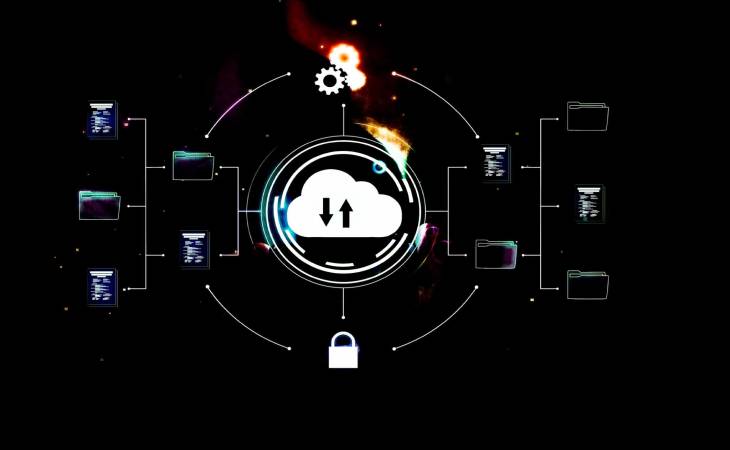Table of Contents
Introduction
Amazon Glacier is a cloud-based storage service provided by Amazon Web Services; it intends for long-term data archiving and backup. Moreover, it is well-known for its exceptional low-cost storage options and is suitable for infrequently accessed data.
Key Features and Aspects of Amazon Elastic Kubernetes Service:
Key features and aspects of Amazon Glacier:
- Low-Cost Storage:
Amazon Glacier offers a cost-effective storage solution for data archiving and backup, making it mainly attractive for businesses with large volumes of data that do not require frequent access.
- Data Archiving:
It is designed for archiving data that is not accessed frequently. Such is ideal for compliance data, historical records, and other data needed for the long term.
- Durability and Reliability:
Glacier intends to provide high durability and reliability for stored data. It excessively stores data across multiple facilities and devices, ensuring data durability.
- Data Retrieval Tiers:
While it is optimized for archival storage, Glacier provides different retrieval options, including standard and expedited retrievals, to accommodate various needs. However, these retrieval options come with different costs and latencies.
- Vaults and Archives:
In Glacier, data is arranged into “vaults,” containers for storing archives. Archives are units of data ranging from a few bytes to multiple terabytes.
- Data Transfer Acceleration:
It offers a feature called “Glacier Transfer Acceleration” to speed up the upload of large archives to the Glacier vaults.
- Security and Compliance:
Amazon Glacier provides security features such as data encryption at rest using the AES-256 encryption standard. In addition, it supports compliance with various regulations and standards.
- Integration with Other AWS Services:
It integrates with other AWS services, making adding archival storage into a comprehensive cloud storage and data management strategy easy.
What is the Terminology of AWS Glacier?
Understanding the terminology related to Amazon Glacier is vital for effectively operating the service. Here are the common terms related to AWS Glacier:
- Vault:
Vault is a container for storing archives in the Glacier. It is a logical container where archives are organized and managed.
- Archive:
An archive is a pool for storing data in a vault. Archives can range in size from a few bytes to several terabytes.
- Vault Access Policy:
A Vault Access Policy is a resource-based policy that stipulates the permissions for the vault. It states who can perform which actions (e.g., initiating a job) on the vault.
- Data Lifecycle Policies:
Users can configure data lifecycle policies to automatically shift archives between storage classes, including Glacier and Glacier Deep Archive. This aids in optimizing costs based on access patterns.
Conclusion:
In conclusion, Amazon Glacier is a cost-effective and scalable solution for organizations requiring secure, long-term archival storage of vast datasets with infrequent access needs. Its durability, reliability, and integration with the broader AWS ecosystem make it a versatile choice for data management.
Furthermore, Glacier’s flexible retrieval options, security features, and support for data lifecycle policies increase its appeal. As a part of the AWS storage collection, it empowers businesses to competently manage large volumes of archival data while benefitting from the ease of use, global availability, and robust security measures provided by the AWS cloud infrastructure.

